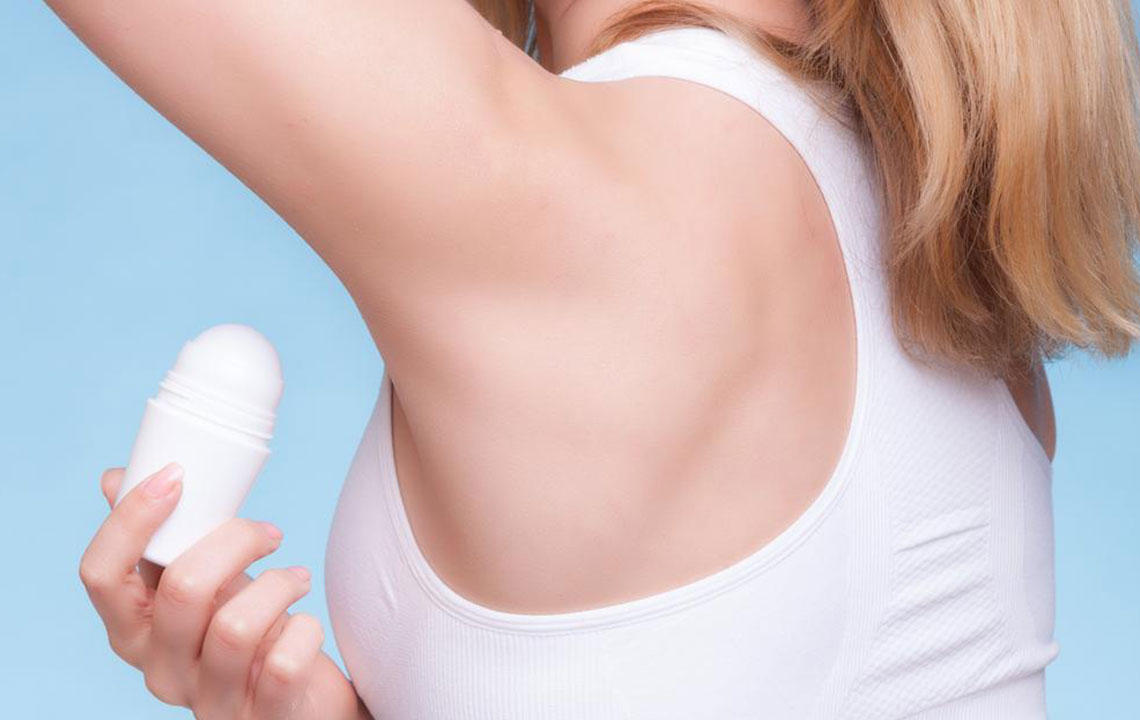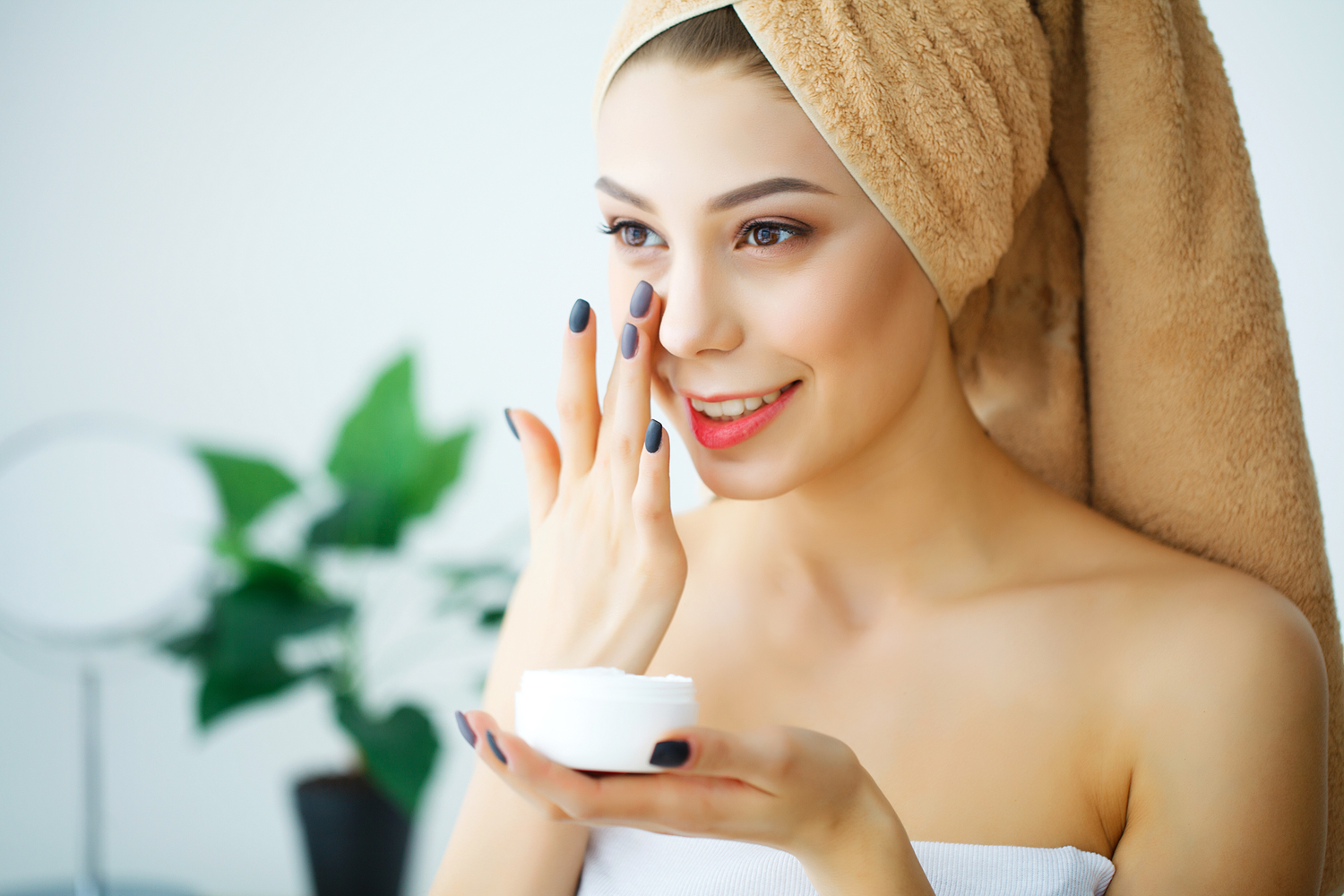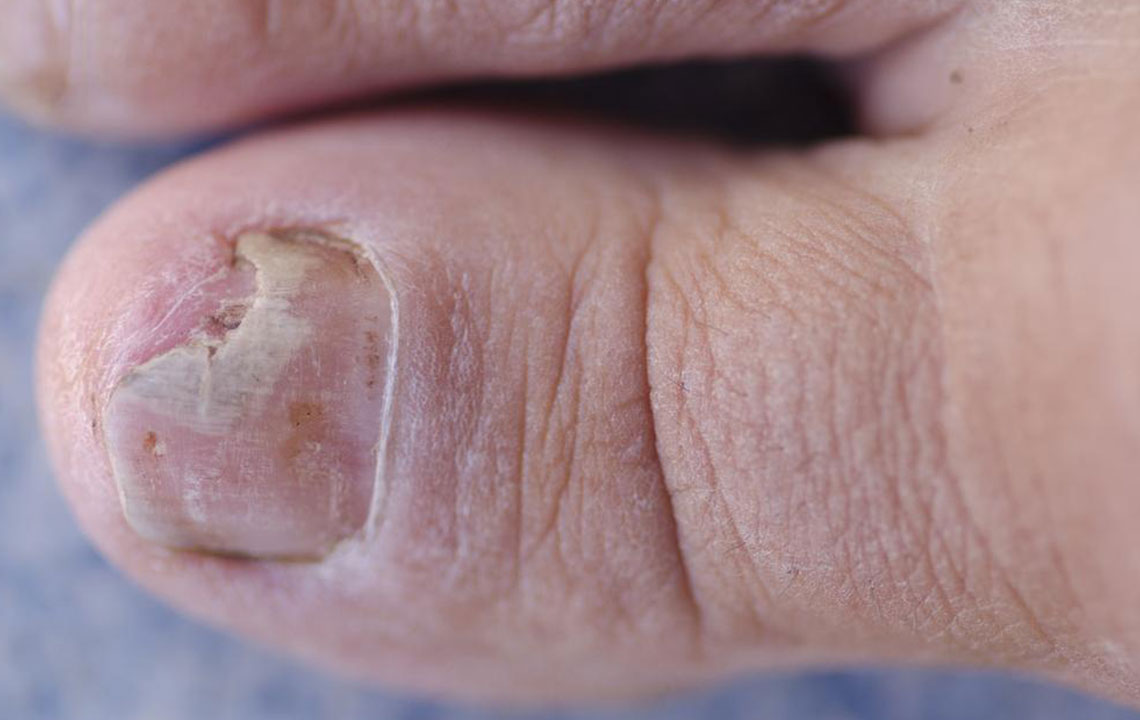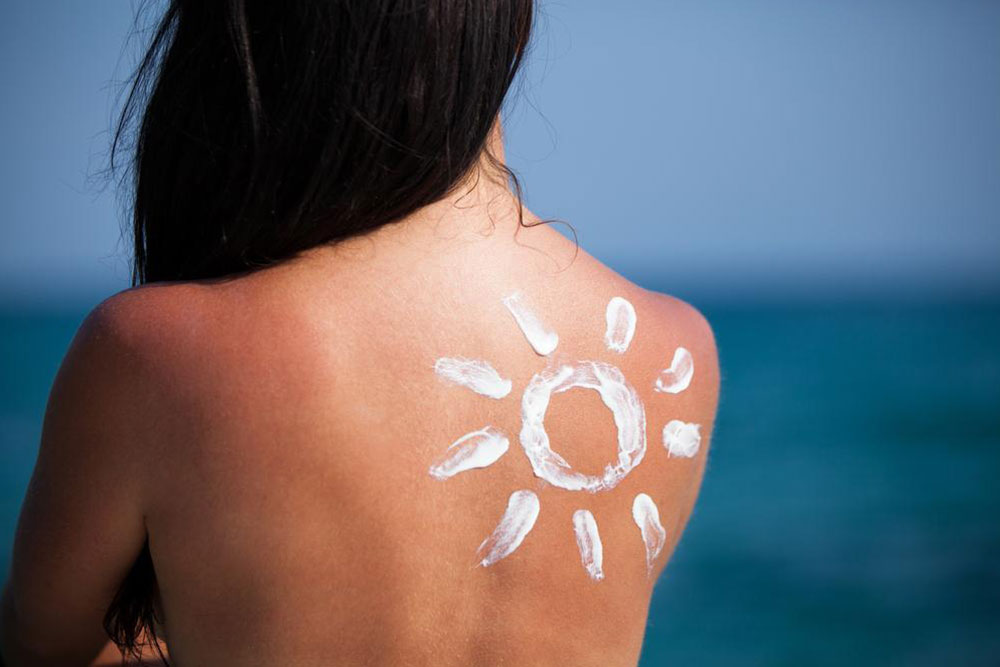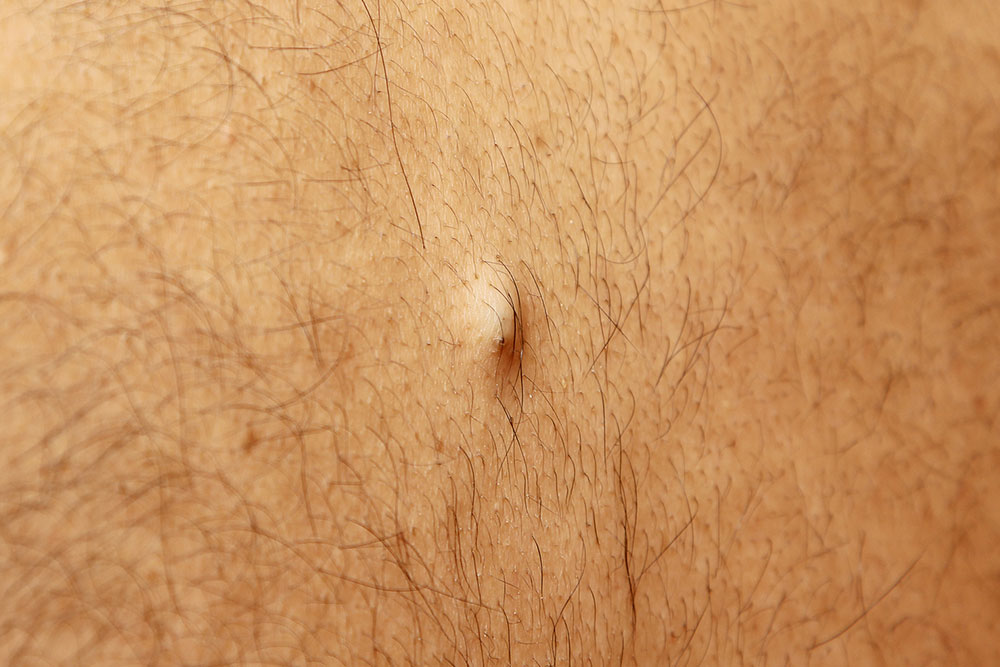Effective Strategies to Treat Chest and Skin Rashes from Excess Sweating
This article offers comprehensive tips for managing sweat-induced skin rashes, including preventive measures, effective home remedies like tea tree oil, and appropriate medical treatments. It highlights risk factors such as obesity, heat, and poor hygiene, while emphasizing the importance of breathable clothing and skin care routines. Suitable for individuals experiencing irritation in skin folds or other areas caused by excess sweating, this guide helps identify symptoms and includes advice on medication, lifestyle changes, and natural remedies to promote skin health and comfort.

Effective Strategies to Treat Chest and Skin Rashes from Excess Sweating
Managing sweating-induced skin irritation
Excess sweating can lead to skin rashes, often caused by fungal or bacterial growth, leading to irritation and discomfort. This condition, also called intertrigo, manifests as red, inflamed patches on the skin. You'll notice these rashes most commonly in areas where skin rubs against itself or clothing, such as under the arms, thighs, breasts, or between skin folds. If you suspect sweat-related rashes, reviewing images and consulting a dermatologist is recommended for proper diagnosis.
Who is at higher risk for developing sweat rashes?
Individuals with obesity are more prone to skin irritations from sweating.
People with diabetes have an increased susceptibility to rashes caused by excess moisture.
Wearing braces, splints, or prosthetics can trap moisture, raising risk.
Exposure to hot and humid environments often triggers these rashes.
Those with overactive bladder conditions may experience more frequent occurrences.
Persistent sweating and poor hygiene also contribute to rash development.
Malnutrition and a weakened immune system can further increase vulnerability.
Preventive tips for sweat rashes
Wear loose, breathable clothing made of natural fabrics; avoid synthetic materials like nylon.
Use antibacterial cleansers and keep skin dry with absorbent cotton or powders; avoid heavy creams that trap moisture.
Ensure proper hygiene and allow skin to breathe by airing it out twice daily for 30 minutes.
Avoid tight-fitting footwear and clothes; choose supportive, breathable undergarments.
Maintain a healthy weight through diet and exercise to reduce skin irritation.
Stay in cool environments and use fans or cooling devices when necessary.
How tea tree oil helps with sweat rash
Tea tree oil possesses antifungal properties that help combat infections.
Applying it on affected areas relieves itching and pain.
It helps eliminate candida and promotes healthier skin cells.
The oil disrupts yeast cell membranes, reducing redness and irritation.
Always perform a patch test before use on sensitive skin.
Mix tea tree oil with water before application; apply 2-3 times daily for best results.
Medications for treating sweat rashes or intertrigo
Use absorbent powders like talc or cornstarch to keep areas dry.
Apply barrier creams such as zinc paste or petroleum jelly to protect skin.
Antibacterial cleansers containing triclosan can minimize infection and inflammation.
Topical steroids may reduce itching but should be used cautiously.
For persistent or severe cases, oral antifungals or antibiotics may be prescribed.
Diagnosing sweat rashes or intertrigo
Diagnosis is typically based on clinical appearance and symptoms.
Persistent red, itchy patches in skin folds warrant a dermatologist's examination.
If conventional treatments don’t work, further evaluation is recommended.

